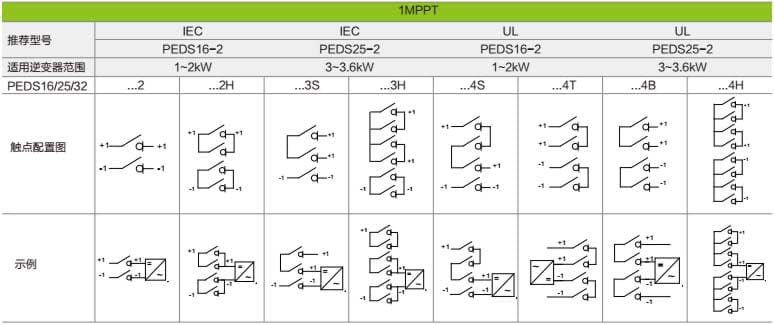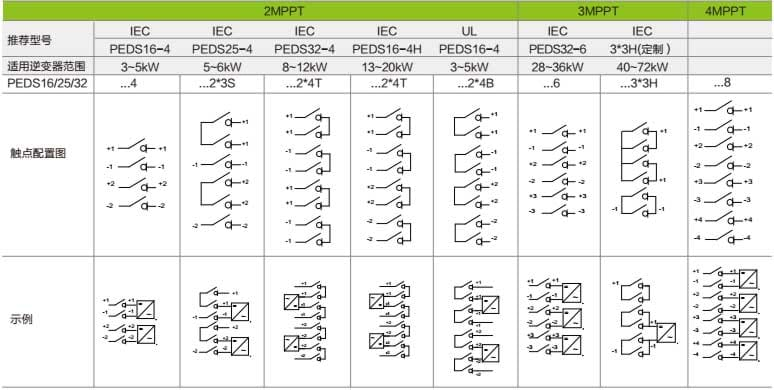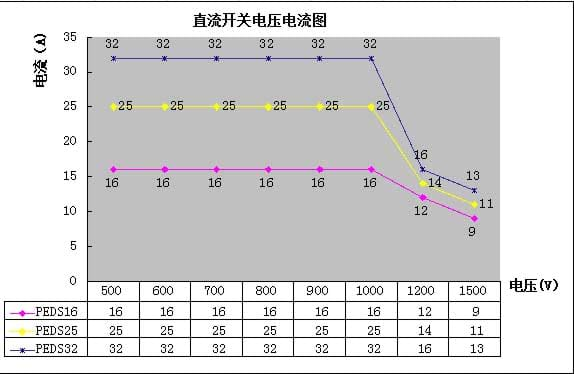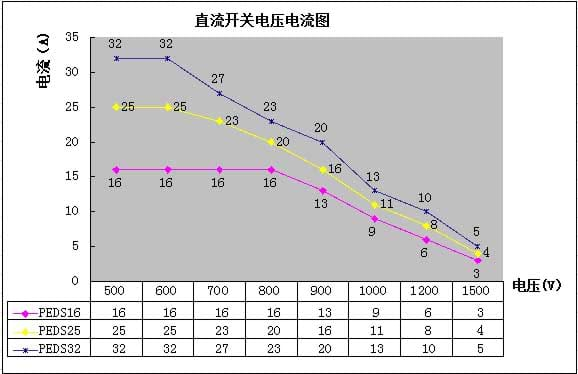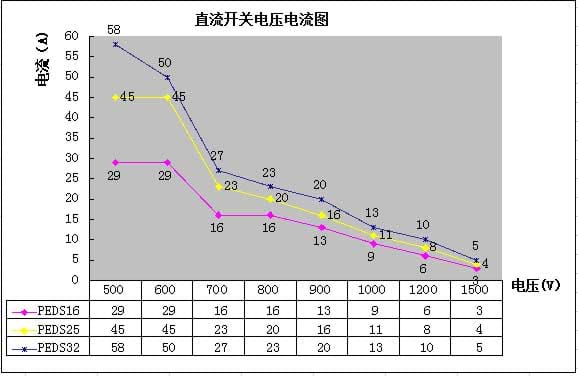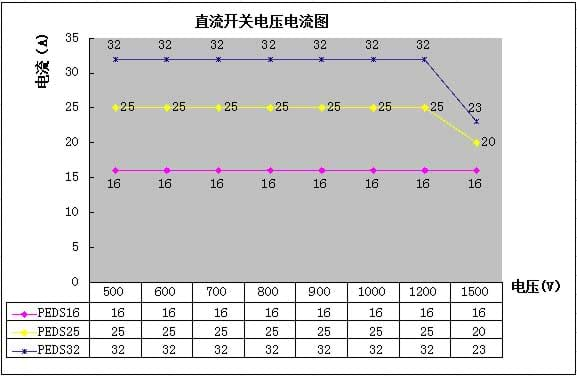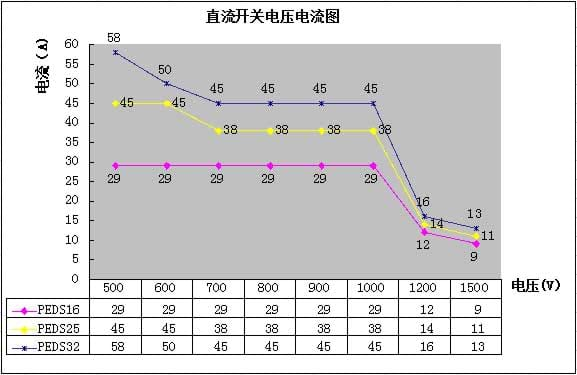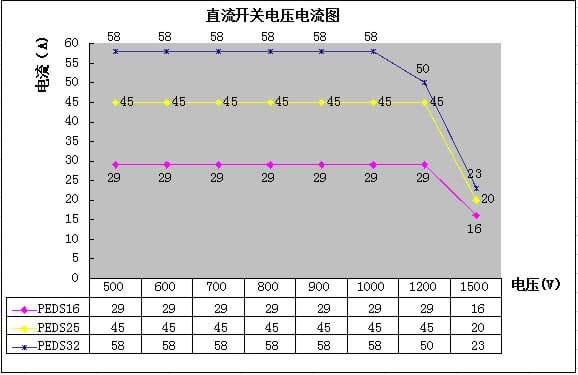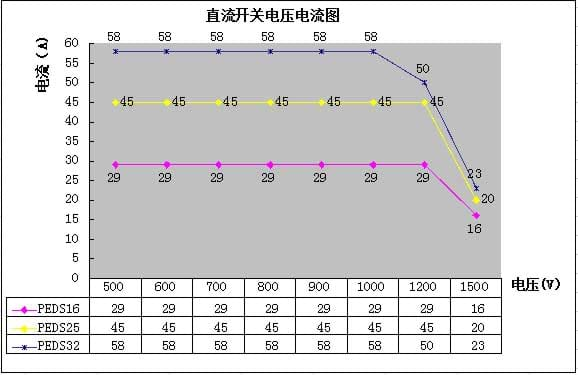A Principle of Selecting DC Isolators for PV Systems
Date: 2015-06-18With rising installed PV capacity, the amount of power generated draws a lot of attention. However, power investors are increasingly worried about safety and security issues, which in recent years frequently occurred to photovoltaic power plants. The PV DC Isolator is one of the most important parts for the PV system safety, whose reliability and stability relate to the stable generation and profit of photovoltaic systems, as well as the safe and reliable operation.
Germany, the Netherlands and some other European countries require inverter manufacturers to configure with built-in DC Isolators, while countries like the UK, India, and Australia stipulate that the PV systems must be installed with external DC Isolators. With the clarity of the Chinese PV policies, the number of PV installs rises every year, especially that of distributive PV systems, and also the rooftop systems are getting more popular. However, the so-called DC Isolators for PV in the market are AC Isolators or rewired versions, not real DC Isolators with functions of arc extinction and high power cut. These AC Isolators are far too deficient in arcing extinction and power isolation with loads, easily leading to overheating, leakage and sparks, or even burning down of entire photovoltaic power plants.
Therefore, the selection of qualified photovoltaic DC Isolators will be crucial. BS 7671 states that a method of isolation must be provided on the DC side of a PV installation and this can be provided by a Isolator-disconnector as classified under EN 60947-3. This is also covered by “Guide to the installation of PV systems”. How to size a right DC Isolator for the photovoltaic system?
Here are some steps on selecting the DC Isolator:
1.Sizing of the Voltage of System
The rated operational voltage of the Isolator should be equal to or greater than the requirements of the system. Common are to meet the UL508i 600V, IEC60947-3 1000V and 1500V. Typically the system voltage connected to single-phase inverters is up to 600V, three-phase string inverters or centralized inverters up to 1000V or 1500V.
2.Number of strings to be isolated
2 Pole - Single string, 4 Pole - Two string, etc.
For built-in DC Isolators, the number of MPPT’s of the inverter determines the poles of a DC Isolator. Common string inverters are with a single MPPT, dual MPPT’s and a few, triple MPPT’s. Generally speaking, an inverter, power rating at 1kW ~ 3kW, is designed with single MPPT; 3kW ~ 30kW with dual MPPT’s or few triple.
For external DC Isolators, you can choose 4 Pole, 6 Pole, 8 Pole for multi-string solar panels or select 2 Pole for one string of solar panel, based on the different system design.
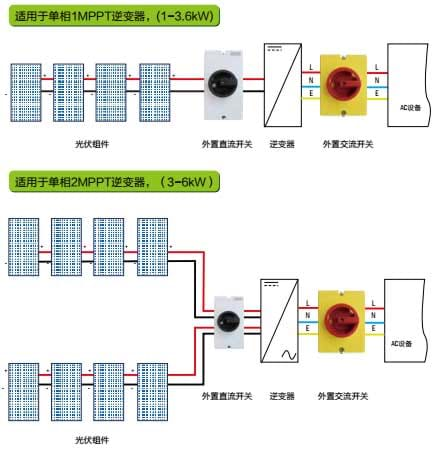
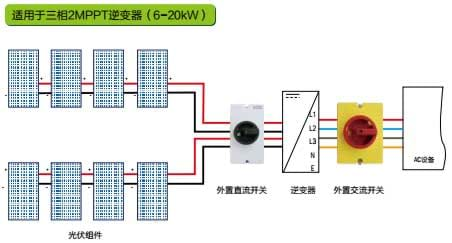
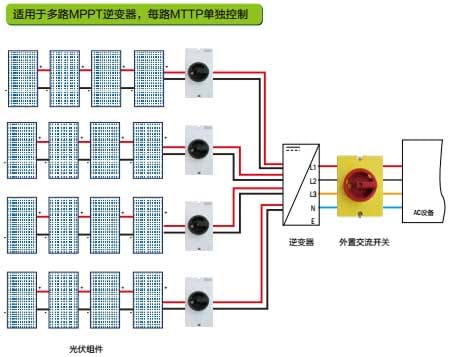
3.Rated Current & Voltage of String of Panels
DC Isolators should be selected according to the maximum voltage and current of the panel string. If the user understands the PV inverter parameters, especially the inverter manufacturers, in order to effectively save costs, it can be sized according to input DC voltage and current curve to ensure it can be used in a variety of weather conditions and temperatures(More detailed to be found in Item 5).
BS 7671 specifies that isolators that are in compliance with EN 60947-3 are appropriate for use in PV systems. The isolator rating must consider the maximum voltage and current of the PV string being Isolatored and these parameters then adjusted in accordance with the safety factors stipulated in current standards. This should then be the minimum required rating of the isolator.
Voltage = Ns × Voc × 1.15
Current = Np × Isc × 1.25
Ns - Number of panels connected in series
Np - Number of strings connected in parallel
Voc - Open-Circuit Voltage (from module manufacturer’s data)
Isc - Short-Circuit Current (from module manufacturer’s data)
Sizing Example 1:
String inverter with one MPPT – 3kW output
Inverter: DC Input: 600VDC, 16A, 20A
Solar Panel: 39V, 9.06A, 270Wp
Number of solar panels: 11
Calculation: V = 11 × 39 × 1.15 = 493.35V , I = 9.06 × 1.25 = 11.33A
PROJOY PEDS150-EL16R-2, 500V 16A, is appropriate for the system.
Sizing Example 2:
String inverter with multiple MPPT – 12kW output
Inverter: DC Input: 1000VDC, 22A/22A, 25A/25A
Solar Panel: 39V, 9.06A, 270Wp
Number of solar panels: 22 x 2
Calculation: V = 22 x 39 x 1.15 = 986.7V , I (Per string)= 9.06 x 1.25 = 11.33A
PROJOY PEDS150-EL32R-4, 1000V 13A, is appropriate for the system.
4.Environment and Installation
the working ambient temperature, the protection levels and the fireproof ratings should be determined according to the surroundings. Generally good DC Isolators can be used safely in ambient temperatures of -40℃ to 60℃. Commonly, the protection level of external DC Isolators should reach IP65; built-in DC Isolator should ensure the device to IP65. Fire ratings for the enclosure box or body should conform to UL 94V-0 and the handle to UL 94V-2.
Users can choose the appropriate mode according to the actual needs. Generally, there are panel mounting, base mounting, and single hole mounting.
5.Selecting a DC Isolator
Projoy DC Isolators are available with ratings of 16A, 25A and 32A per contact, 2-12 poles(levels). With jumpers, a maximum rating of 58A, 1500V can be realized.
General selection of a DC Isolator for an inverter can be referred to the following table:
